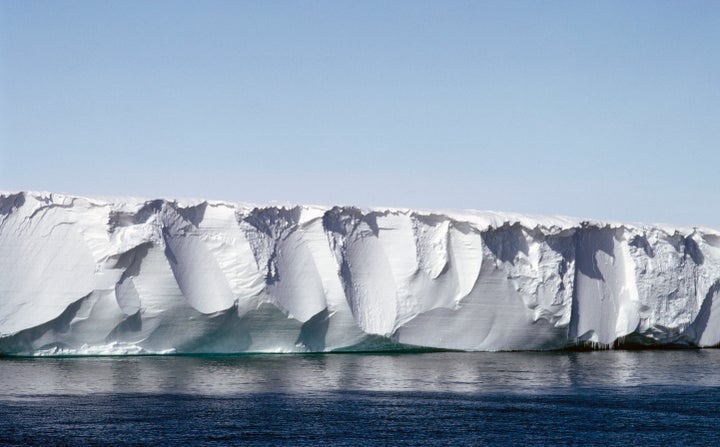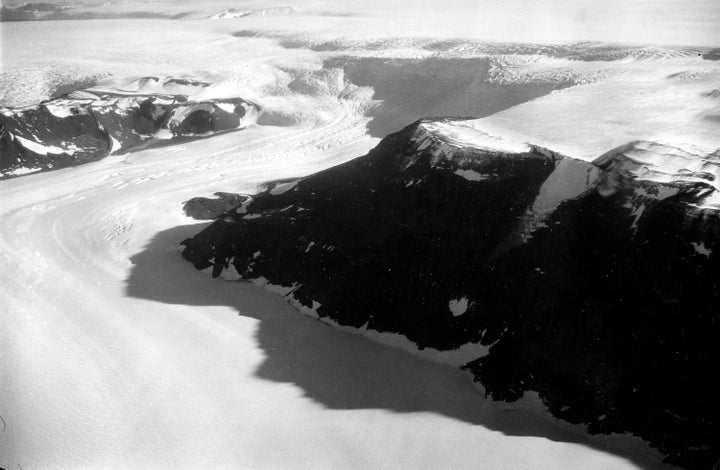A portion of the world’s largest ice shelf is melting 10 times faster than the overall ice shelf average due to warming surface water, according to a new report that emphasizes the impact such warming has on ice melt.
Researchers studying data taken at Antarctica’s Ross Ice Shelf over the last four years reported on Monday that warming ocean water that’s heated by the sun is causing the rapid melting that intensifies risks of long-term rising sea levels.
The findings, which were discovered in part by researchers at the University of Cambridge, were published in the journal Nature Geoscience.

“The stability of ice shelves is generally thought to be related to their exposure to warm deep ocean water, but we’ve found that solar heated surface water also plays a crucial role in melting ice shelves,” the report’s leading author, Craig Stewart from the National Institute of Water and Atmospheric Research in New Zealand, said in a release. Stewart conducted the work while a Ph.D. student at the University of Cambridge.
The area with higher melt rates was found beneath the shelf where the ice pushes against Ross Island. This pressure slows the flow of the entire ice shelf, according to the university’s release.
Though the ice shelf is considered to be relatively stable, the new findings suggest that it may be more vulnerable than previously believed.
The ice shelf, which is about the size of France, stabilizes the West Antarctic ice sheet and blocks ice that flows into it from some of the world’s largest glaciers. Should it weaken, it could significantly increase the risk of instability in surrounding glaciers, including those more than 500 miles away, and lead to rising sea levels of several meters or more, the researchers warned.

“Previous studies have shown that when ice shelves collapse, the feeding glaciers can speed up by a factor of two or three,” said co-author Poul Christoffersen from Cambridge’s Scott Polar Research Institute. “The difference here is the sheer size of Ross Ice Shelf, which [is] over one hundred times larger than the ice shelves we’ve already seen disappear.”
The researchers carried out their study by measuring the temperature, salinity, melt rates and ocean currents beneath the ice with instruments that were deployed through a 260-meter-deep borehole.
Data obtained by these instruments found that in the summer months the melt rates nearly tripled when this solar-heated surface water flowed beneath the shelf into its cavity, according to the report.
“The findings suggest that conditions in the ice shelf cavity are more closely coupled with the surface ocean and atmosphere than previously assumed, implying that melt rates near the ice front will respond quickly to changes in the uppermost layer of the ocean,” according to a release on the study from the University of Cambridge.
The ice shelf’s location was also found to be a factor in the rapid melting, with it being near a large area of open ocean, known as the Ross Sea Polynya, that is empty of sea ice due to offshore winds. Because of its lack of ice, the water’s surface absorbs solar heat quickly in the summer.
Stewart warned that global warming is likely to amplify this process.
“Climate change is likely to result in less sea ice, and higher surface ocean temperatures in the Ross Sea, suggesting that melt rates in this region will increase in the future,” he said.
CORRECTION: An earlier version of this story misstated that the entire Ross Ice Shelf is melting rapidly. It is just a portion beneath the shelf.

